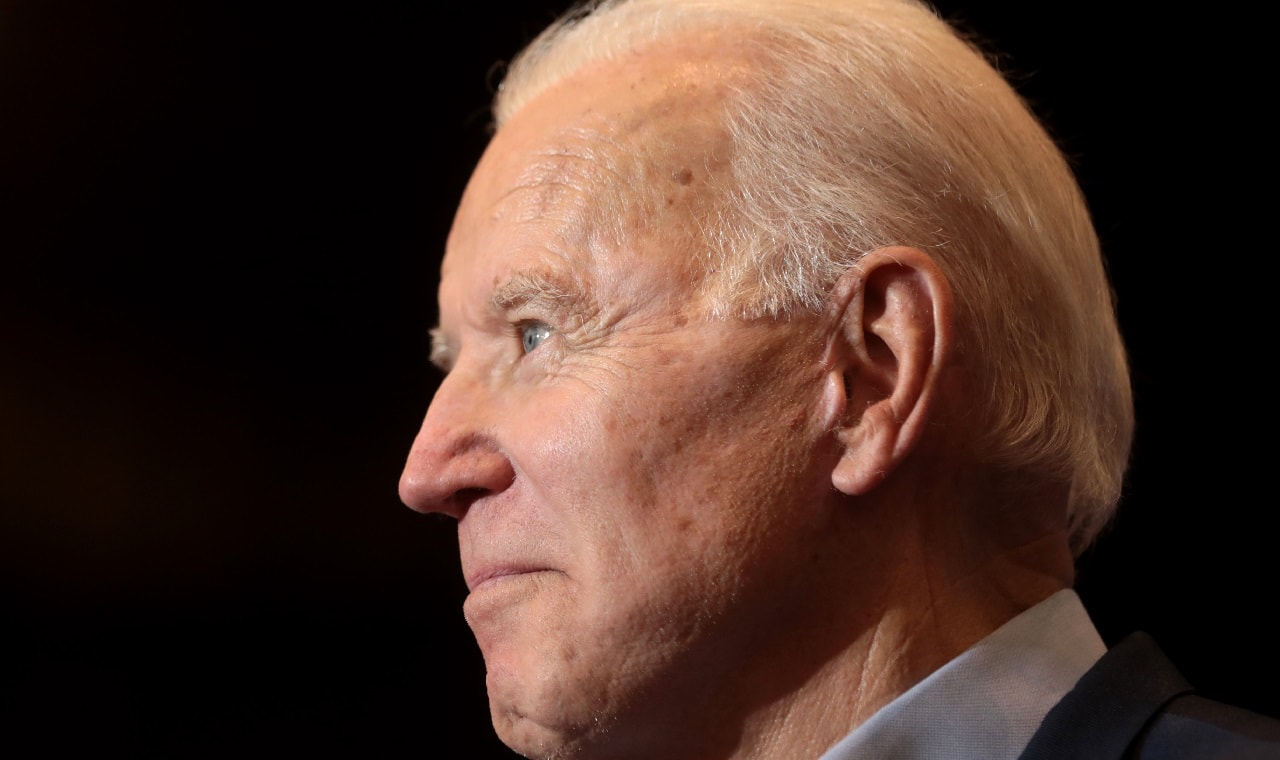As the United States grapples with the aftermath of the pandemic, the financial burden on students and graduates is about to become even more palpable. A temporary reprieve offered during the pandemic through the suspension of federal student loan payments is nearing its end. With the resumption of these payments imminent, people with student loan debt are bracing for the financial challenge that lies ahead.
A Reprieve Nears its End
The relief that students and graduates experienced during the pandemic is drawing to a close. The suspension of federal student loan payments, initially implemented as an emergency response to the financial distress caused by the pandemic, is scheduled to end in the coming months. This move has prompted individuals to prepare for the resumption of their monthly loan payments.
Impending Student Loan Restart: What to Expect
The return to regular student loan payments has left many borrowers concerned about their financial capacity to meet these obligations. The reintroduction of payments means individuals will need to restructure their budgets to accommodate these recurring expenses. This change is anticipated to impact the financial stability and planning of countless borrowers across the nation.
With the restart of student loan payments, borrowers are encouraged to proactively evaluate their financial situation. Experts emphasize the importance of understanding the terms of one’s loan, exploring available repayment plans, and seeking assistance from loan servicers to create a manageable repayment strategy. By doing so, borrowers can mitigate the financial strain associated with these looming payments.
While the resumption of student loan payments is imminent, the government has initiated various programs and resources aimed at aiding borrowers during this transitional phase. These initiatives include income-driven repayment plans, which align monthly payments with a borrower’s income, and loan forgiveness programs that offer relief based on specific criteria.
Student Loans: A Cold War Remnant? An Expert Explains
Gary Frankel A Ph.D. researcher in education policy at Texas A&M University told 19FortyFive, “Student loans were first introduced by the federal government to combat the Soviet Union, and later to encourage social mobility and expand access to colleges and universities. I think the program has grown far larger (and the cost of going to college far higher) than anyone ever anticipated, which is why the debt numbers have gotten as high as they are. The simplest way a person can manage their student loans is to pay them back, but the federal government offers numerous programs and payment plans for those who are unable.”
The conclusion of the temporary suspension of student loan payments marks a significant juncture for borrowers. It prompts the need for proactive financial planning and strategic decision-making. By staying informed, utilizing available resources, and adopting prudent financial practices, people can successfully manage the restart of student loan payments and maintain their financial wellness amid the ongoing economic recovery.
Georgia Gilholy is a journalist based in the United Kingdom who has been published in Newsweek, The Times of Israel, and the Spectator. Gilholy writes about international politics, culture, and education.
From the Vault

